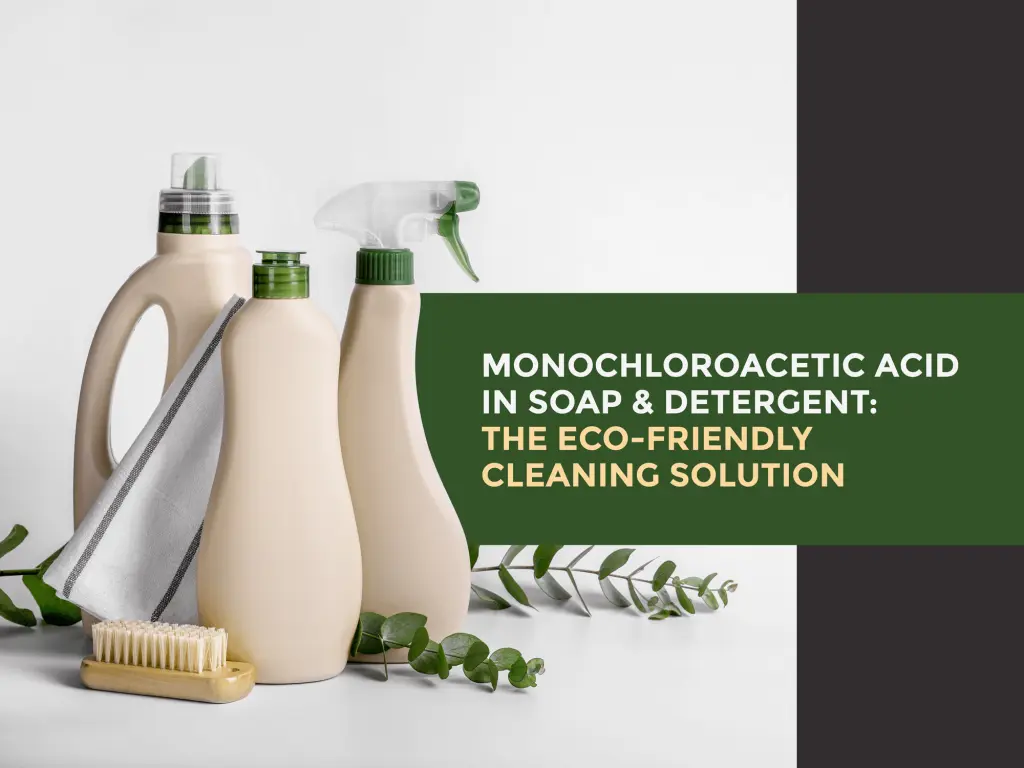Introduction
You might have come across the term “sodium lauryl sulfate” on the labels of your favorite shampoo or toothpaste. But what exactly is it? Sodium lauryl sulfate, often abbreviated as SLS, is a common ingredient found in many personal care products. It’s a surfactant, which means it helps create foam and lather, making your shampoos and toothpaste spread more easily.
It has become a buzzword in the world of personal care products, raising questions about its effects on hair and skin. In this article, we’ll delve into what sodium lauryl sulfate is, its common applications, and whether it’s truly detrimental to your hair and skin health.
What is Sodium Lauryl Sulfate?
Sodium Lauryl Sulfate, often abbreviated as SLS, is a surfactant a type of chemical compound with excellent foaming and cleansing properties. It’s widely used in personal care and cleaning products due to its ability to create a rich lather and break down oils and dirt effectively. This makes it a popular ingredient in items like shampoos, soaps, toothpaste, and even household cleaners.
What is Sodium Lauryl Sulfate Used For?
In Shampoo:
Sodium lauryl sulfate plays a significant role in shampoos. SLS serves as a surfactant in shampoos, meaning it helps to lower the surface tension of water and allows it to spread more easily. It helps remove excess oil, dirt, and styling products from your hair, leaving it clean and refreshed after a wash. The foaming action produced by Sodium lauryl sulfate helps to lift away these impurities and create a satisfying lather, which many people associate with effective cleansing. However, some individuals with sensitive scalps might find SLS-containing shampoos a bit harsh, leading to dryness or irritation.
In Toothpaste:
In toothpaste, sodium lauryl sulfate serves a similar purpose it acts as a surfactant. Its unique chemical structure, with a hydrophilic (water-attracting) “head” and a hydrophobic (water-repelling) “tail,” enables it to break down the surface tension of water and create a foaming action. It creates a foamy texture when you brush your teeth, helping to distribute the toothpaste evenly in your mouth. This aids in removing food particles, plaque, and bacteria from your teeth surfaces. The foaming action can make brushing feel more effective, contributing to a thorough cleaning process.
Is Sodium Lauryl Sulfate Bad for Hair?
The question of whether sodium lauryl sulfate is bad for hair depends on your hair type and sensitivity. While it effectively cleanses by removing dirt and oil, it can be quite strong and might strip away natural oils from the scalp, resulting in dryness. If you have dry or curly hair, you might want to opt for sulfate-free shampoos that offer gentler cleansing. However, for those with oily hair, an SLS-based shampoo can help maintain a balanced scalp.
Sodium Lauryl Sulfate in Hair and Oral Care Products
SLS in Hair Care Products:
Sodium lauryl sulfate foaming properties make it a staple ingredient in shampoos. When you massage shampoo containing SLS into your hair, it creates a rich lather that helps distribute the product evenly and cleanse the scalp and strands thoroughly. By interacting with oils and debris, SLS facilitates their removal, leaving hair feeling clean and refreshed. However, its potent cleansing abilities have raised concerns about potential damage, particularly for those with sensitive scalps or chemically treated hair.
SLS in Oral Care Products:
Beyond hair care, Sodium lauryl sulfate also finds its way into toothpaste. In toothpaste formulations, SLS serves as a foaming agent, aiding in the even distribution of the paste and contributing to the sensation of cleanliness during brushing. Enhances the brushing experience by creating foam that aids in cleaning teeth and gums, SLS’s ability to break down particles helps remove food debris and bacteria, promoting effective oral hygiene. For those with a history of canker sores or mouth ulcers, switching to an SLS-free toothpaste might be worth considering.
Conclusion
It is a versatile ingredient that plays a vital role in shampoos and toothpaste by generating lather and ensuring effective cleaning. Its effects on hair and oral care largely depend on individual factors, such as hair type and sensitivity. As the world of personal care continues to evolve, it’s always a good idea to explore different products to find what works best for you. Whether you’re seeking a luxurious lather or a gentler cleansing experience, understanding sodium lauryl sulfate empowers you to make informed choices for your hair and oral care routines. Always remember, that what works best for you depends on your unique needs and preferences.



Leave a Comment